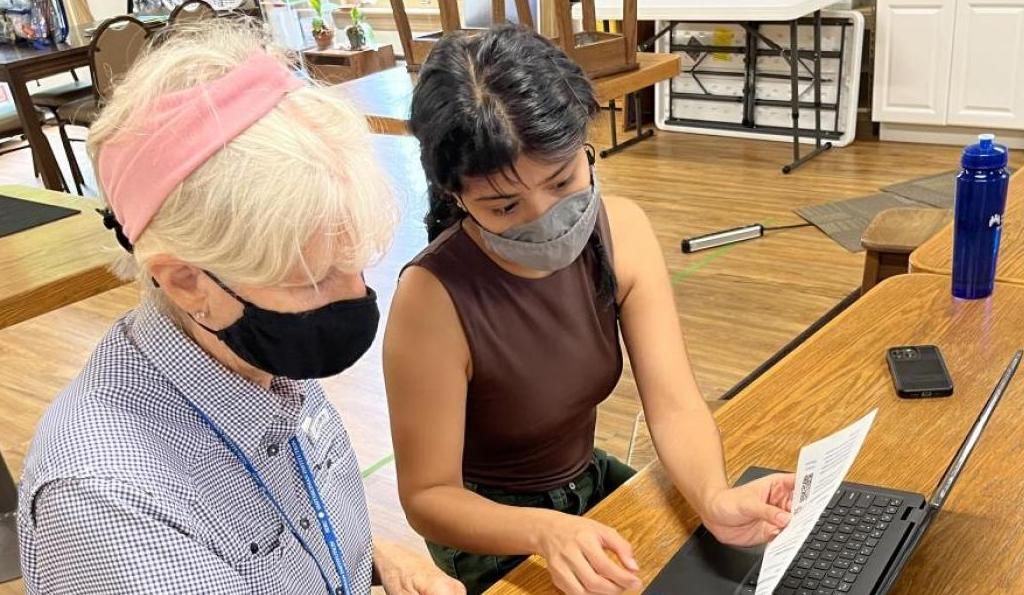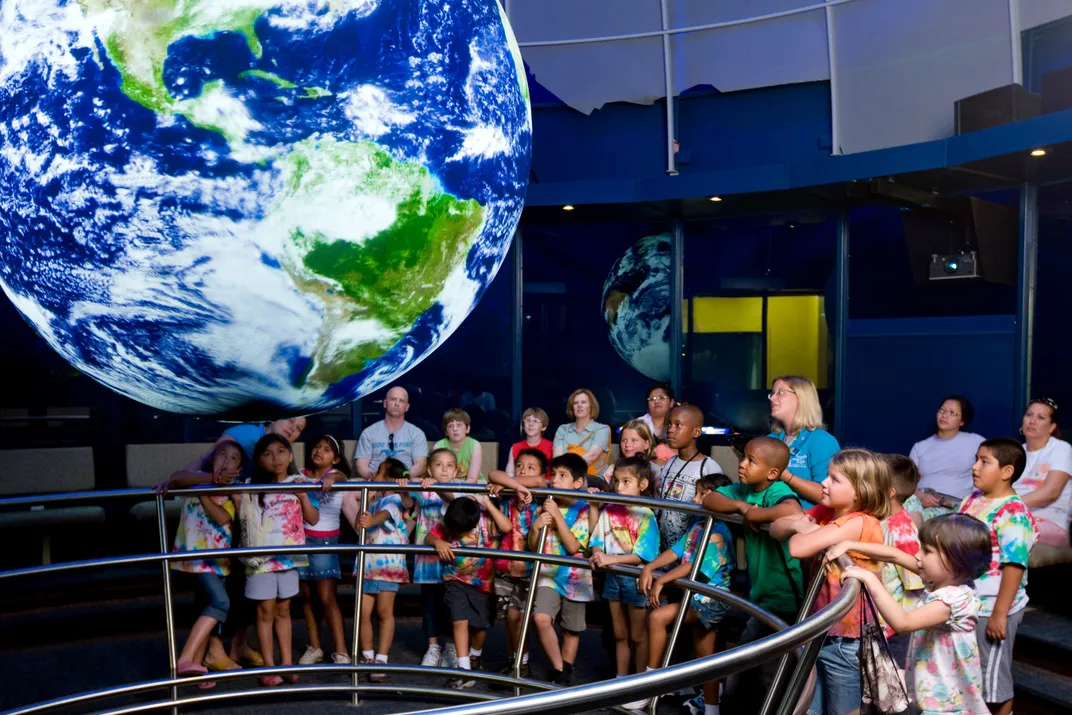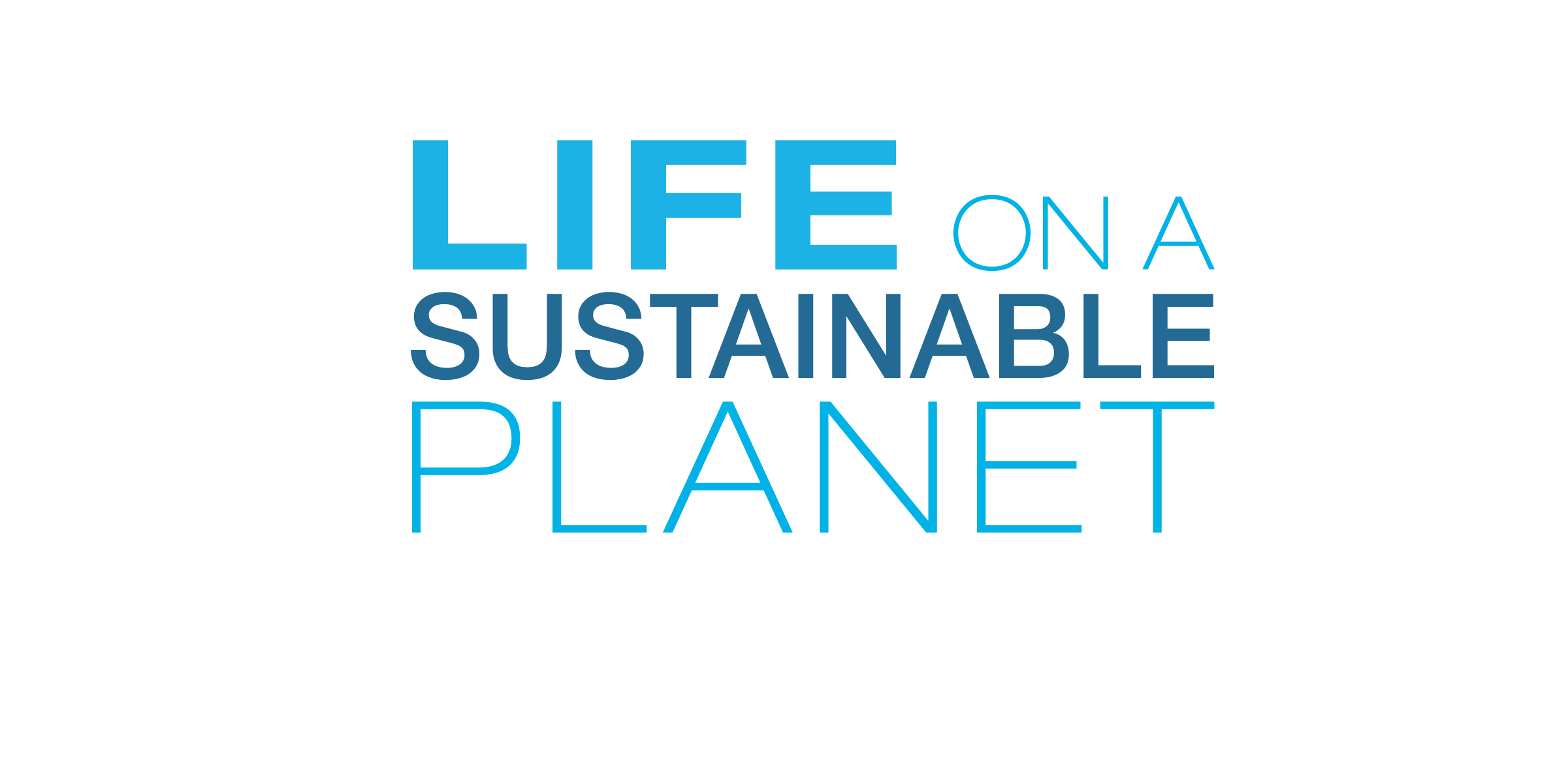5 Creative Approaches to Science and Sustainability
Earth Month (aka April) is ending, but we’re staying inspired with these science and sustainability success stories from across the Smithsonian
As a month full of green celebrations wraps up, we’re already looking for ways to keep that Earth Day energy going all year long!
We’re always inspired by how scientists can use everything from innovative maps to artistic masterpieces to better understand our planet and how it’s changing. There are plenty of ways you can explore the world around you too, whether you volunteer for environmental research projects or seek out other opportunities to make sustainable change in your community.
Our April roundup of science and success stories from across the Smithsonian has some inspiration and ideas to get you started:
1. Centuries-old Indian paintings can provide clues about adapting to climate change
An artistic revolution in the city of Udaipur may also provide scientific insight into how ecosystems in India have changed over time. When a tradition-breaking king took the throne in 1700, he encouraged court artists to focus on documenting daily life and landscapes, especially when the “City of Lakes” came alive during monsoon season. These paintings were so detailed, in fact, that climate scientists can use the intricate recreations of ancient dams, artificial lakes, and other water infrastructure to explore how modern-day citizens of the arid region can manage their increasingly unpredictable resources. You can learn more about this collaboration of art and science on the “Monsoon Mood” episode of the Smithsonian Sidedoor podcast, then admire the artwork in-person at the Smithsonian Asian Art Museum’s “A Splendid Land: Paintings from Royal Udaipur” exhibit.

2. Communities help collect data on the Chesapeake Bay Watershed
The Chesapeake Bay is one of the largest estuaries in the world, which can make it difficult to address threats to ecosystems across its vast watershed. Remote sensing technology, like satellites, can help scientists see the big picture, but they need to “train” the tools to collect accurate and comprehensive data. Now, thanks to a new participatory program from the Smithsonian Environmental Research Center, City College of New York, and NASA, anyone can help monitor the health of the Bay with no prior scientific knowledge – just some virtual or in-person training and the free HydroColor smartphone app. Citizens of the Bay can join the Chesapeake Water Watch team here.

3. Immersive maps spark wonder and offer hope
Museum exhibits can’t use every item in their collections, especially when they’re as big as the National Museum of Natural History. Curators are increasingly turning to futuristic technologies to better tell stories about the past. By using updated versions of traditional tools for understanding our natural world – like transforming historical maps into interactive GIS-powered displays – museums can share knowledge more effectively, both within their walls and through online platforms. The new “Our Places: Connecting People and Nature” exhibit is already demonstrating the power of this approach, offering visitors opportunities to interact with the displays in-person or share their experiences with the environment via virtual Storymap anytime.

4. The history of environmental justice illuminates solutions for the future
When communities are threatened by unsafe or unjust conditions, people throughout history have come together to make their voices heard and find solutions. The Anacostia Community Museum’s new Center for Environmental Justice aims to explore lessons from the past so those keeping up the fight for a healthy and equitable world can be even more effective. The next generation of advocates, like the inaugural cohort of their Environmental Justice Academy, will learn from established changemakers working to improve their neighborhoods along the Anacostia River in Washington DC. You can get a glimpse of what they’re up to in the upcoming “To Live and Breathe: Women and Environmental Justice in Washington, D.C.” exhibit.

5. Scientists and environmentalists showcase what sustainability looks like in action
Everyone’s journey to a more sustainable future looks different. In the Smithsonian and USA Today’s new “Sustainability in Action” guide, researchers and changemakers share their inspiring stories of working towards positive progress for our planet. From reflecting on your connection to the environment to exploring a checklist of possible ways to green your routine, this activity book aims to help you transform every day into Earth Day. If you couldn’t get your hands on a print copy, here’s the digital version, featuring exclusive online resources alongside the main stories!


